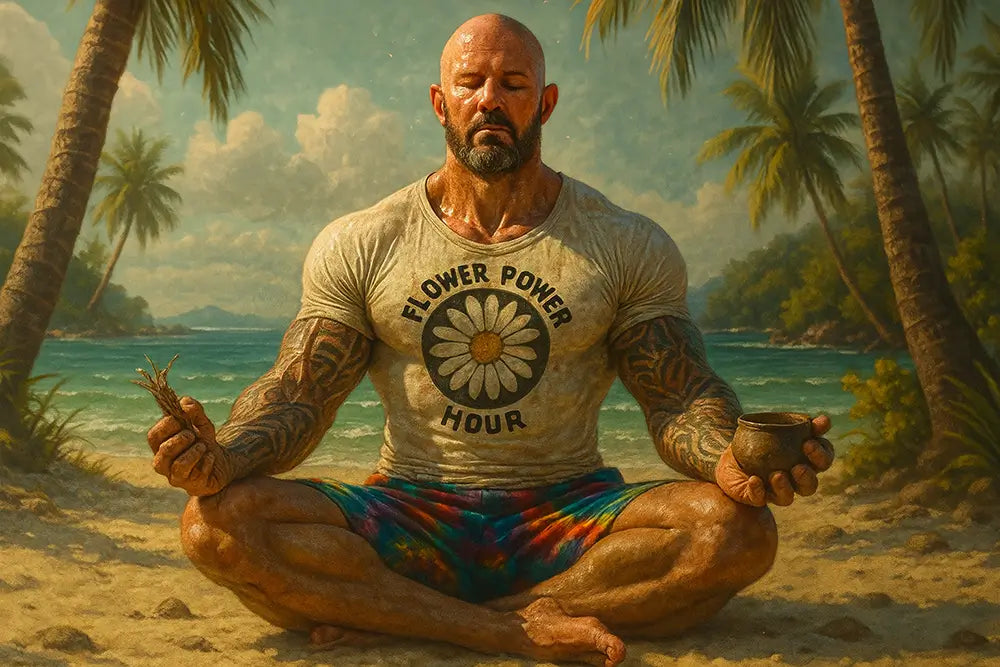Anabolic steroids, synthetic derivatives of testosterone, are often used to enhance muscle mass and athletic performance. While they can deliver rapid results, the effects on the body's natural hormonal system can be profound and long-lasting. At DNA Hormonal Health, we emphasise the importance of understanding these impacts to make informed decisions about your health.
The Mechanism of Anabolic Steroids
Anabolic steroids mimic the action of natural testosterone, binding to androgen receptors in muscle cells, which promotes protein synthesis and muscle growth. However, introducing these synthetic hormones disrupts the body's delicate hormonal balance. The hypothalamic-pituitary-gonadal (HPG) axis, responsible for regulating testosterone production, is particularly affected. When exogenous steroids are introduced, the body perceives high levels of testosterone, leading to a feedback loop that suppresses natural testosterone production.Effects on Oestrogen Levels
Testosterone and oestrogen are closely linked in the body's hormonal system. Some of the administered testosterone from anabolic steroids is converted into oestrogen through a process called aromatisation. Elevated oestrogen levels can lead to several unwanted side effects, including gynecomastia (the development of breast tissue in men), water retention, and an increased risk of cardiovascular issues.
Hormonal Imbalance During Steroid Use
While on anabolic steroids, the body's natural testosterone production declines significantly. The testes may shrink due to reduced stimulation from the pituitary gland. This condition, known as hypogonadism, can lead to decreased sperm production and infertility. The suppression of Luteinising Hormone (LH) and Follicle-Stimulating Hormone (FSH) disrupts the balance of the entire hormonal system.
Coming Off Anabolic Steroids: The Aftermath
Discontinuing anabolic steroid use does not immediately restore natural hormonal balance. Instead, the body can experience a period of hormonal chaos as it attempts to restart its natural testosterone production. This phase is often characterized by low testosterone levels, leading to symptoms such as fatigue, depression, decreased libido, and muscle loss. The imbalance between estrogen and testosterone can persist, causing prolonged side effects associated with elevated oestrogen levels.
Post-Cycle Therapy (PCT)
To mitigate these effects, many steroid users undergo post-cycle therapy (PCT). PCT involves the use of medications that stimulate the production of natural testosterone and reduce estrogen levels. Common PCT drugs include selective estrogen receptor modulators (SERMs) like Clomid (clomiphene citrate) and Nolvadex (tamoxifen), and sometimes aromatase inhibitors (AIs) to reduce estrogen production. While PCT can help, it does not guarantee a complete return to normal hormonal function, especially after prolonged steroid use.

Long-Term Consequences
Chronic anabolic steroid use can lead to long-term endocrine dysfunction. Persistent hypogonadism, where the body never fully recovers its natural testosterone production, is a risk. Additionally, the cardiovascular system can suffer due to prolonged exposure to high testosterone and oestrogen levels, increasing the risk of heart disease and stroke.
Natural Alternatives and Hormonal Health
At DNA Hormonal Health, we advocate for natural methods to optimise testosterone levels and overall hormonal health. Regular exercise, a balanced diet rich in essential nutrients, adequate sleep, and stress management are foundational. Supplements that support natural testosterone production, such as zinc, magnesium, and vitamin D, can also be beneficial and are found in all DNA products.







Share:
Understanding Andropause Symptoms: A Comprehensive Guide for Men.
How Low Testosterone Affects Sex, Erections, and Libido – Natural Ways to Boost Testosterone and Sexual Health